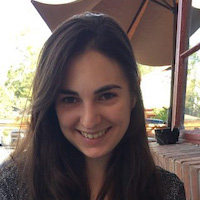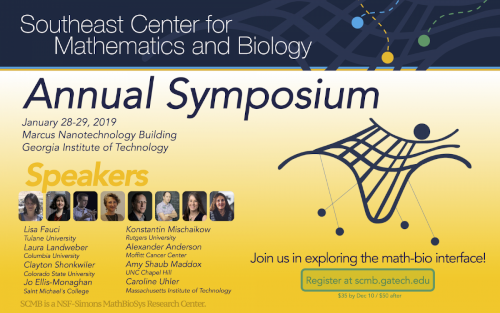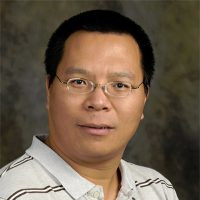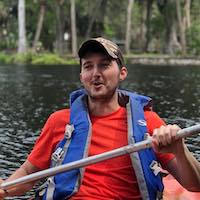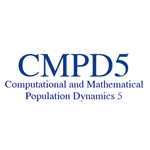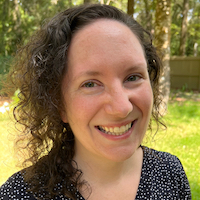Celeste Vallejo (Mathematical Biosciences Institute)
368 Little HallExamining the probability of silent circulation of polio using the endemic potential statistic Polio is a fecal-oral disease that can cause fever and flu-like symptoms, and, in more rare instances, acute flaccid paralysis (AFP). One characteristic of poliovirus is asymptomatic transmission amongst individuals who have already had a poliovirus infection. This allows the virus to …
